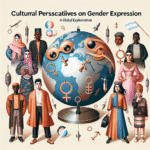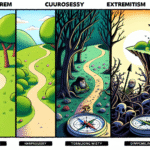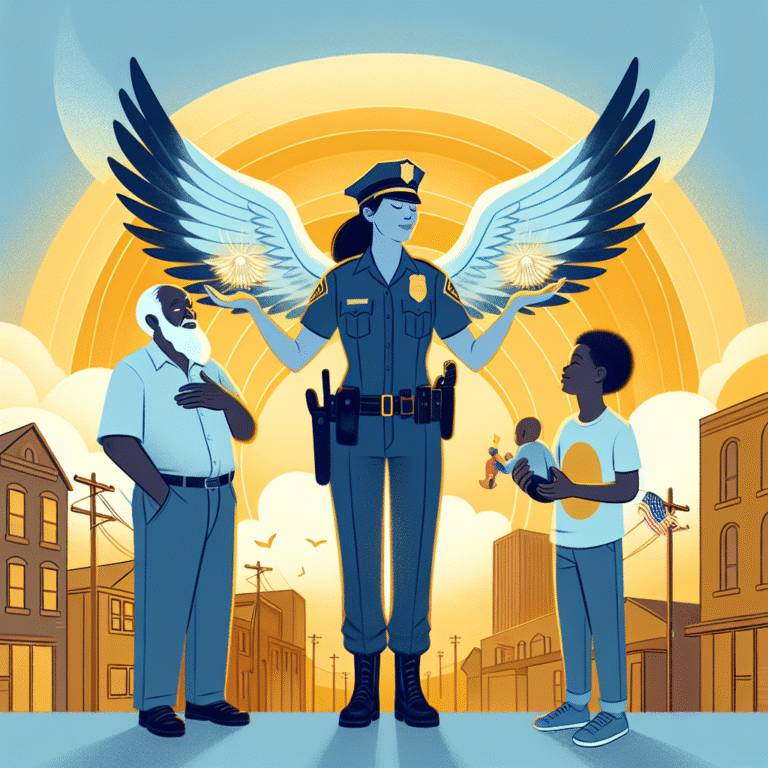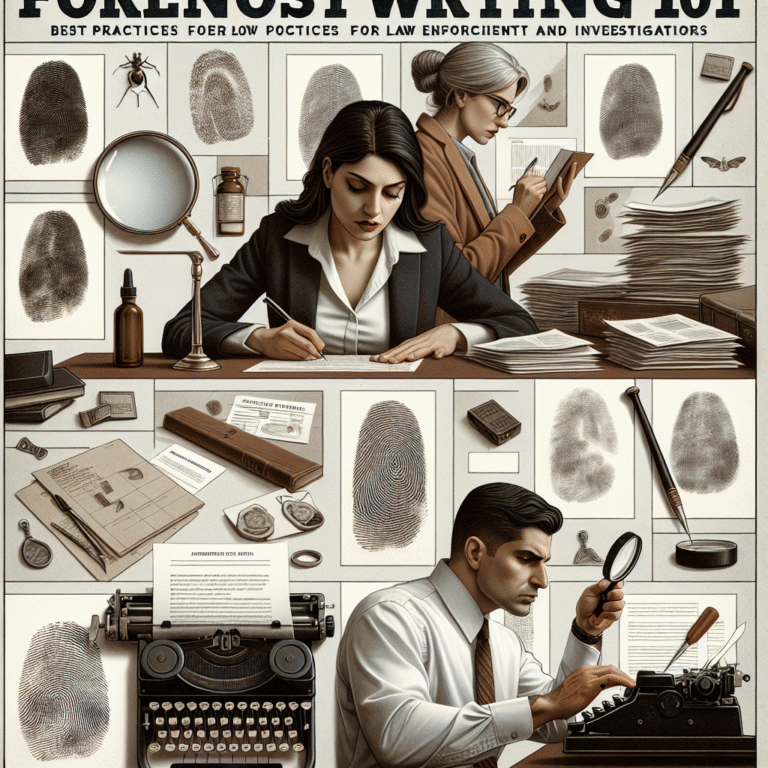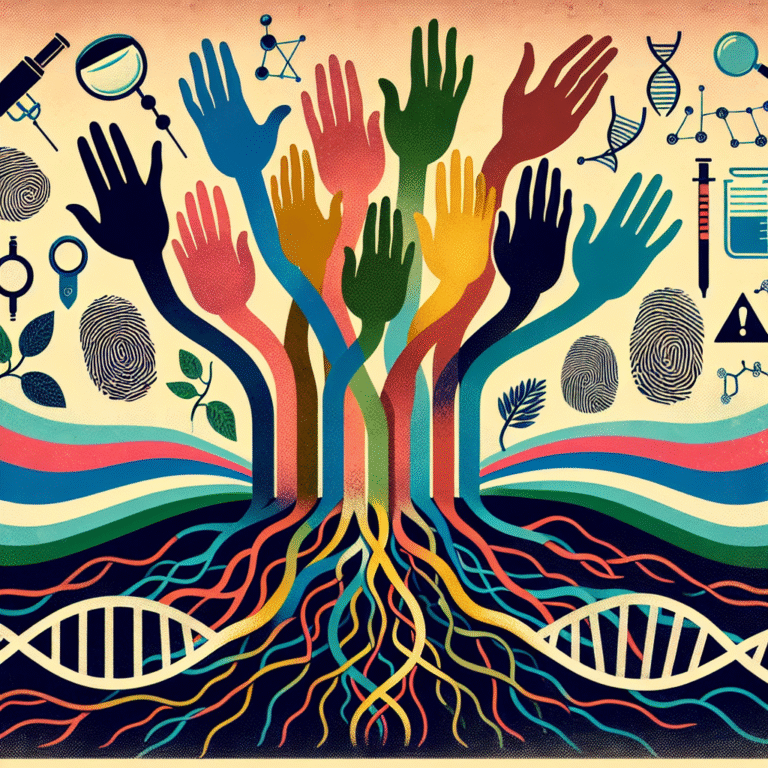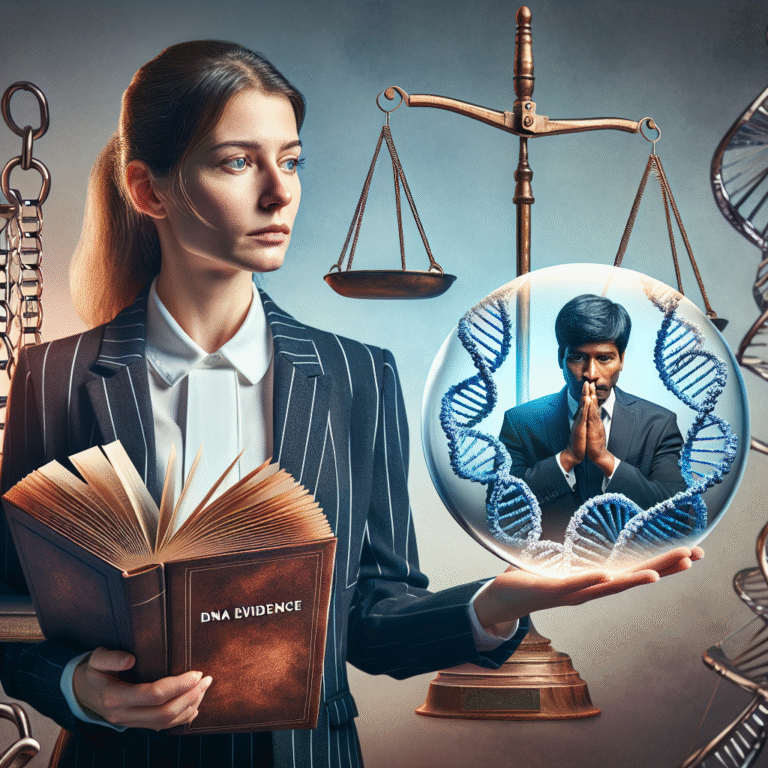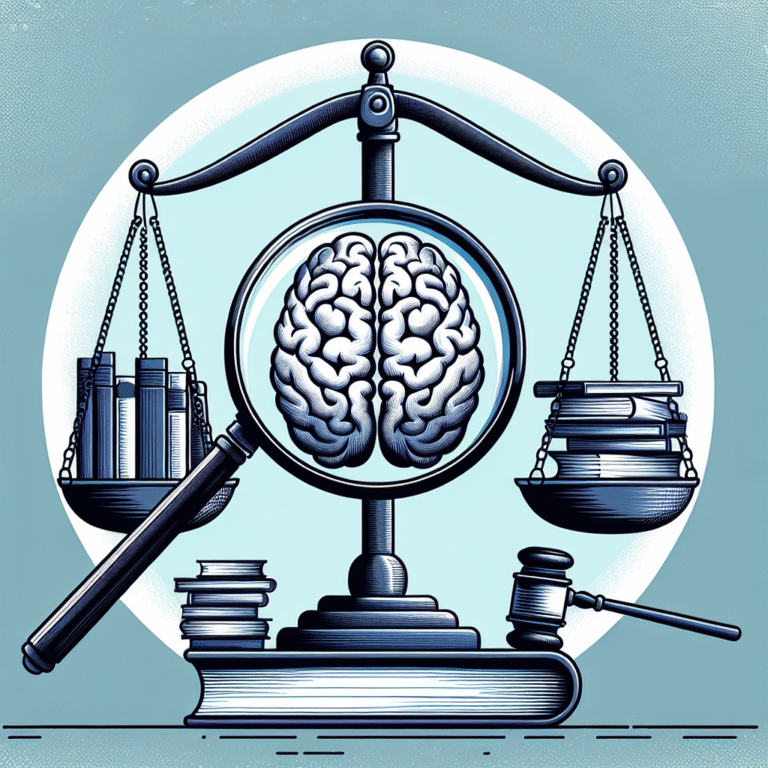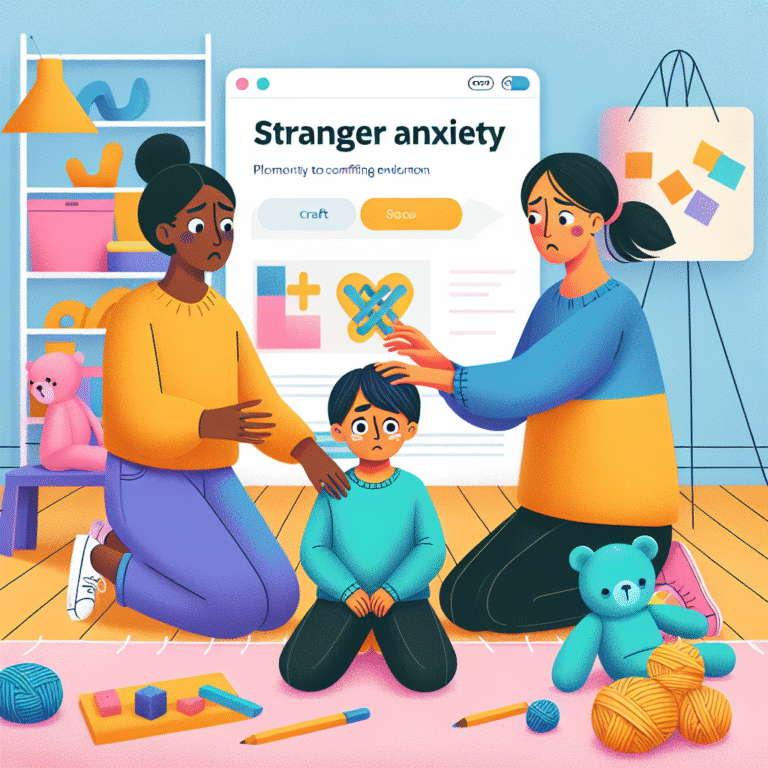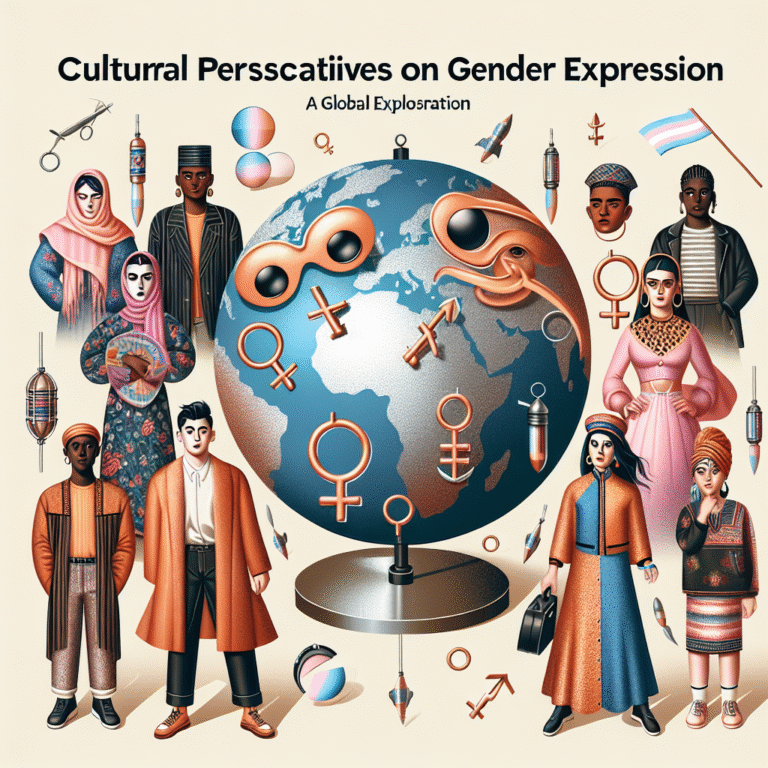
Introduction
In today’s digital age, social media is woven into the fabric of everyday life. We share our milestones, our thoughts, and even our locations with startling ease. However, this connection can yield a darker side — particularly when it comes to stalking. The Role of Social Media in Modern Stalking Cases is a multifaceted issue that raises concerns about privacy, safety, and the psychological impact on victims. As alarming instances of social media-facilitated stalking continue to rise, understanding this phenomenon is crucial not just for victims, but for society as a whole.
The Dynamics of Social Media Stalking
Social media provides an unprecedented platform for stalkers to invade the lives of their victims. Unlike traditional stalking that often involves physical presence or direct contact, modern cyberstalking is more insidious.
1. Identifying Vulnerabilities
Stalkers can exploit personal information posted online, such as vacation plans, relationship status, or even location tags. This information is often innocently shared, but it can provide a roadmap for those with malicious intent.
Case Study: The Amanda Todd Story
Amanda Todd, a Canadian teenager, became a tragic case study in the dangers of sharing too much online. After sharing a revealing photo, she faced relentless cyberbullying and stalking across various social media platforms. Her experience underscores the urgency in discussing The Role of Social Media in Modern Stalking Cases and how easily a seemingly innocent post can lead to dire consequences.
Analysis: This case highlights that social media can serve as both a tool for connection and a weapon for harassment. Victims often find themselves trapped by their own online presence.
2. Anonymity and Empowerment for Stalkers
One of the troubling aspects of social media is the anonymity it provides. Many platforms allow users to fake their identities or create pseudonymous accounts, making it easier for stalkers to evade detection.
Data Table: Social Media Platforms Commonly Used in Stalking Cases
| Platform | Unique Features Enabling Stalking | Notable Incidents |
|---|---|---|
| Location tagging, life updates | Numerous cases | |
| Stories, DMs, and visual sharing | Influencer stalkings | |
| Direct messaging and public interactions | High-profile cases | |
| TikTok | Viral trends, real-time location sharing | Harassment incidents |
| Snapchat | Temporary images, location sharing | Teen stalking cases |
3. Psychological Impact on Victims
The emotional toll on victims of social media stalking is profound. Anxiety, depression, and feelings of helplessness are common outcomes. Victims often feel trapped in a cycle of constant surveillance and harassment.
Expert Insight: Mental Health Perspectives
Dr. Lisa Cohen, a clinical psychologist specializing in trauma, points out, “The Role of Social Media in Modern Stalking Cases can create an endless loop of fear. Victims may experience hyper-vigilance, which impacts their daily lives, relationships, and mental health.”
4. Legal Challenges in Addressing Cyberstalking
Many legal systems are still catching up with the pace of technology. Existing laws often struggle to adequately police digital harassment, leading to challenges in bringing perpetrators to justice.
Case Study: The Nolo Contendere Verdict
In 2020, a prominent case involved a local celebrity who was stalked online. While laws around stalking exist, the ambiguity around what constitutes harassment in digital spaces complicated legal actions. Ultimately, a “nolo contendere” plea was reached, which left many feeling as though justice wasn’t fully served.
Analysis: This case illustrates the gap between social media reality and legal frameworks. It reinforces the urgency for lawmakers to adapt to the technological landscape when discussing The Role of Social Media in Modern Stalking Cases.
Best Practices for Social Media Users
1. Privacy Settings Matter
Always review privacy settings on your social media platforms. Limit who can see your posts, and don’t share your location publicly.
2. Think Before You Share
Before posting updates or pictures, ask yourself if this information could be misused.
3. Report and Block
If you feel threatened or harassed, report the user to the platform and consider blocking them.
4. Educate Yourself and Others
Knowledge is power. Share insights about cyberstalking within your community to raise awareness.
5. Keep Records
In cases of cyber harassment, keep a log of incidents, messages, and witnesses. This documentation may be crucial for legal recourse.
Conclusion
As we navigate through the complexities of our digital relationships, understanding The Role of Social Media in Modern Stalking Cases becomes vital. Awareness, proactive measures, and legal reforms are essential in addressing and combating the risks associated with social media stalking. As digital citizens, we must hold ourselves accountable for the information we share and advocate for greater protection and support for victims.
FAQs
1. What constitutes social media stalking?
Social media stalking includes unwanted, persistent harassment or monitoring of someone through their social media accounts.
2. What should I do if I am being stalked online?
Document incidents, report the behavior to the platform, and consider contacting local law enforcement.
3. Are there laws against cyberstalking?
Yes, many jurisdictions have laws against cyberstalking, but they may vary in scope and enforcement.
4. How can I protect my privacy online?
Adjust your privacy settings, be cautious about what you share, and regularly review your online presence.
5. Where can I find support for victims of stalking?
Organizations like the National Domestic Violence Hotline or local law enforcement agencies can provide resources and support.
By understanding and addressing the complexities of The Role of Social Media in Modern Stalking Cases, we can begin to foster a safer online environment for everyone.


